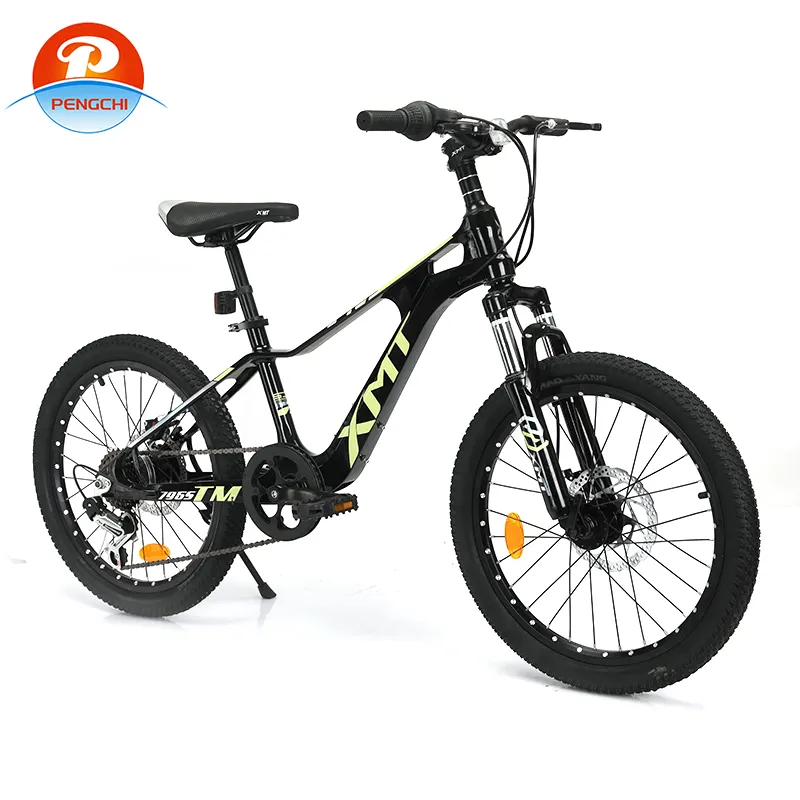
-
 Afrikaans
Afrikaans -
 Arabic
Arabic -
 Belarusian
Belarusian -
 Bengali
Bengali -
 Bulgarian
Bulgarian -
 Croatian
Croatian -
 Czech
Czech -
 Danish
Danish -
 Dutch
Dutch -
 English
English -
 Finnish
Finnish -
 French
French -
 German
German -
 Greek
Greek -
 hawaiian
hawaiian -
 Hebrew
Hebrew -
 Hindi
Hindi -
 Hungarian
Hungarian -
 Indonesian
Indonesian -
 irish
irish -
 Italian
Italian -
 Japanese
Japanese -
 Javanese
Javanese -
 kazakh
kazakh -
 Khmer
Khmer -
 Korean
Korean -
 Kyrgyz
Kyrgyz -
 Lao
Lao -
 Latin
Latin -
 Luxembourgish
Luxembourgish -
 Malay
Malay -
 Myanmar
Myanmar -
 Norwegian
Norwegian -
 Persian
Persian -
 Polish
Polish -
 Portuguese
Portuguese -
 Romanian
Romanian -
 Russian
Russian -
 Serbian
Serbian -
 Slovak
Slovak -
 Somali
Somali -
 Spanish
Spanish -
 Swedish
Swedish -
 Tagalog
Tagalog -
 Thai
Thai -
 Turkish
Turkish -
 Turkmen
Turkmen -
 Ukrainian
Ukrainian -
 Uighur
Uighur -
 Vietnamese
Vietnamese
Nov . 17, 2024 13:55 Back to list
sizing children's bikes
Sizing Children's Bikes A Comprehensive Guide
Choosing the right size bike for children is crucial for their safety, comfort, and enjoyment during rides. A properly sized bike not only enhances the riding experience but also boosts the child's confidence while developing essential cycling skills. This article provides a comprehensive guide on how to size children's bikes appropriately, taking into account various factors such as age, height, and inseam measurements.
Understanding Bike Sizes
Bike sizes for children are typically categorized by wheel diameter rather than frame size. Common wheel sizes for children's bikes include 12-inch, 14-inch, 16-inch, 20-inch, and 24-inch diameters. Each size caters to different age groups and height ranges. Generally, younger children from ages 2 to 5 will require smaller bikes with 12 to 16-inch wheels, while older children from ages 6 to 12 may need bikes with 20 to 24-inch wheels.
Measuring Height and Inseam
Before purchasing a bike, it's essential to measure the child’s height and inseam (the length of the inner leg). This will provide a better understanding of which bike size is most suitable. To measure the inseam, have the child stand straight against a wall and place a book between their legs, ensuring it runs parallel to the wall. Measure from the top of the book down to the floor.
Sizing Chart Based on Age and Height
Here’s a basic sizing chart based on age and height. Keep in mind that individual growth spurts can affect these guidelines, so it's wise to prioritize recent measurements.
sizing children's bikes

- 12-inch wheels Suitable for children aged 2 to 4 years, typically 32 to 39 inches tall. - 14-inch wheels Designed for ages 3 to 5 years, fitting children who are 36 to 42 inches tall. - 16-inch wheels Best for ages 5 to 7 years, with a recommended height of 40 to 48 inches. - 20-inch wheels Ideal for children aged 6 to 9 years, accommodating those who are 48 to 54 inches tall. - 24-inch wheels For older children aged 8 to 12 years, suited for heights ranging from 54 to 60 inches.
Adjusting the Bike for Comfort
Once you’ve selected the appropriate bike size, ensure that the bike can be adjusted to fit the child's specific comfort needs. Here are some tips
- Seat Height The child should be able to touch the ground with the tips of their toes when seated. This ensures they can stabilize themselves when stopped. Adjust the seat height accordingly. - Handlebar Position Handlebars should be at a comfortable height, allowing the child to sit upright without straining their back. If the handlebars are too low or too high, adjust them or consider a bike with adjustable riser handlebars.
Test Ride
Before making a final decision, encourage the child to take a test ride. This will allow them to feel how the bike handles and assess whether they can manage it comfortably. Ensure they can easily reach the brakes, and check their ability to control the bike while riding, starting, and stopping.
Conclusion
Sizing children's bikes correctly is vital for their safety and fun during outdoor activities. By understanding the different wheel sizes, measuring the child accurately, and making necessary adjustments, parents can ensure a proper fit. This not only enhances the riding experience but also fosters a lifelong love for cycling in children. When kids feel comfortable and confident on their bikes, they are more likely to enjoy the adventure and exercise that cycling brings.
-
Red Black BMX Bike with GPT-4-Turbo AI Tech
NewsJul.31,2025
-
New Red Anti-theft E-Bike | Easy Ride City Commuter
NewsJul.31,2025
-
BMX 20 Inch Bikes for Freestyle & Street | Fat Tire Options Available
NewsJul.30,2025
-
322 High Quality 26 Inch 21 Speed Adult Mountain Bike OEM MTB
NewsJul.29,2025
-
Specialized Kids Mountain Bikes - Safe, Durable & Fun Riding Experience
NewsJul.29,2025
-
Little Kids Mountain Bike - Lightweight Bikes for Young Riders
NewsJul.29,2025

